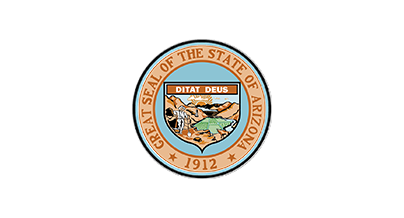State and Local Government
Unify agency data for the public good
State and local government agencies use Elastic to protect against cybersecurity threats, monitor their IT environments and help citizens and employees find answers with the power of AI.

Improve citizen experience with generative AI: Navigating a new era in state and local government.
Read the blogFind out how this state agency used Elastic to strengthen IT resilience.
Read their storyIs your SIEM ready for whole of state cybersecurity? Hear from Elastic's CEO about the criticality of search in the public sector.
Learn moreTop-of-mind topics
Consolidate tools and lower IT costs by starting with a unified data foundation.
Learn about Elastic's open and collaborative approach to help law enforcement agencies accelerate investigations.
Contact us
Send us your questions and we’ll get back to you as soon as possible.
MarketoFEForm








